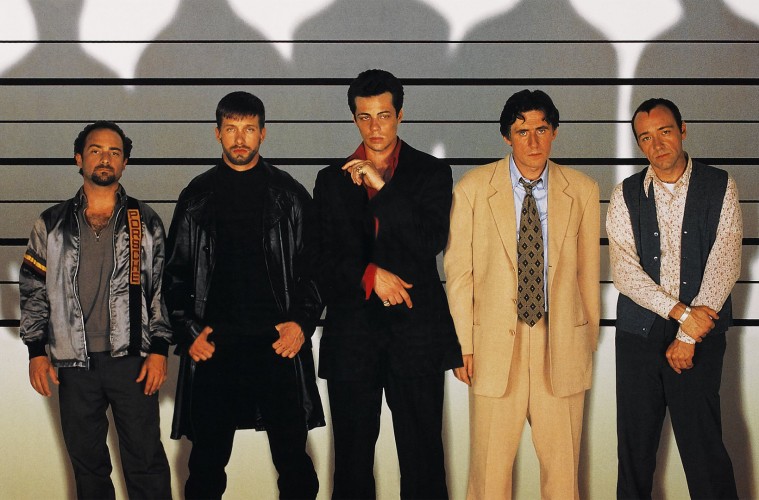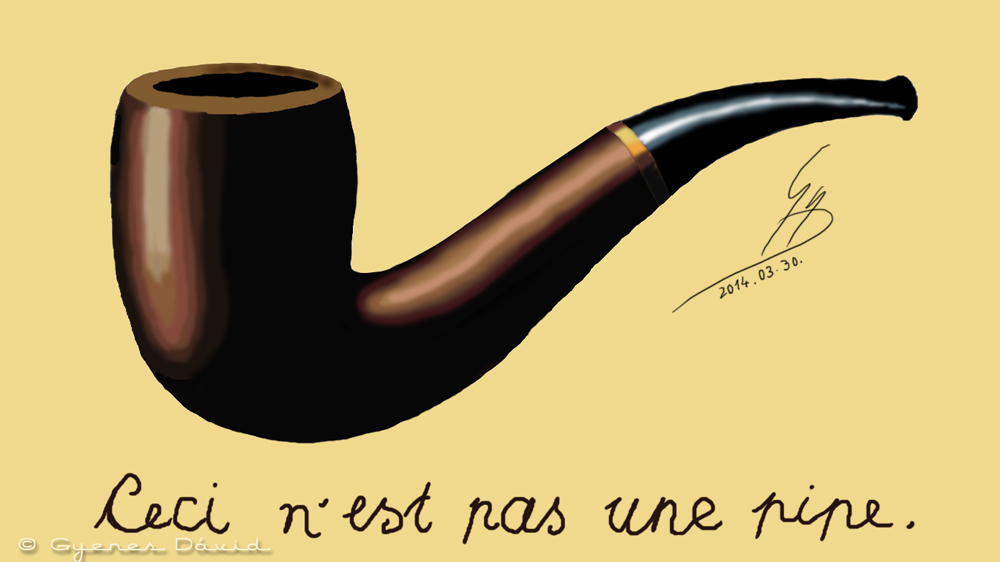We’ve probably all seen films or read books where a character turns out to be quite different from how we thought he or she was. Whether the deception is intentional, or whether they are unaware of the false picture they’re painting, the viewer or reader eventually comes to see, not only the character more clearly but also the world that has been coloured and shaped by the narrator’s perspective.
This device is used to stunning effect in the film ‘The Usual Suspects’. The character of Verbal Kint, played by Kevin Spacey, weaves a story from the police station office, where he is being questioned, to help piece together aspects of a major crime. Kint is under suspicion, but such is his skill at creating an alternative reality that the police let him walk free, realising moments too late that he is responsible for everything that has happened. Kint doesn’t just fabricate a story but uses the environment around him to draw in information to fortify his narrative. There is one scene where the detective, who has interviewed him for many hours, realises this. Looking around his office walls which are covered in memos, lists and names his eyes alight on dozens of references that Kint has used to concoct his fiction, and in a sickening moment, the penny drops.

I have become quite fascinated with the idea of the ‘unreliable witness’, sometimes known as the ‘unreliable narrator’. The former is more likely to be found giving evidence in a court of law whereas the narrator, is the stuff of fiction. A third type is the ‘eye witness’ and since the advent of DNA testing, it’s been discovered that eyewitness testimony is very unreliable, and is wrong in a massive 73% of cases. When, as in the US, the result can be a death sentence, this is a huge issue.
There are intriguing websites which list films and books where the narrator’s ability to reliably tell the truth is compromised. This might be due to memory loss (Memento) or mental illness (A Beautiful Mind, One Flew Over the Cuckoo’s Nest) or because the narrator is a child being protected by a parent (Jack, in ‘Room’) or the narrator has incomplete information (Rebecca). One of the most famous unreliable narrator in fiction is Nabokov’s character Humbert Humbert whose guilt over his feelings for the teenage Lolita distorts his ability to be honest with himself.
Sometimes the narrator is intentionally creating a false picture as in ‘The Usual Suspects’. At other times, as with most of the examples above, it is unintentional and to a large extent woven into the fabric of ordinary human beings living our day to day lives.
What do I mean by this? If you are an adult with a reasonable memory, in good mental health, with the facts to hand why should you doubt your ability to accurately re-tell a story or assess a situation?
Partly, I’m referring to changes in the way that scientists understand how the brain works, and particularly how memory functions. Scientists used to think the brain retrieved a memory that was as vivid and accurate as a photo. These days it’s thought that memory is more like a flood of partial fragments that come together in the present in subtly different forms each time the memory is provoked.
This second model tallies, to some extent, with what the Buddha had to say about the nature of mind, memory and perception. The Buddha didn’t think that perception was fixed and intact but a living changing, ephemeral process in response to a prompt or stimulus of some kind. The process might be images and language, or perhaps a feeling tone accompanied by a body memory which might be a spreading warmth from a pleasant memory or a raised heart beat. What is happening in the present moment, and how we are in that moment, will influence what is remembered.
So we cannot take our memories to be accurate representations of what has happened in the past, even the recent past. We are all unreliable narrators to our own lives and unreliable witnesses to others.
The present moment is no better. Our perceptual processes take short cuts with our raw sense data so we can recognise familiar objects in our world. We’ve learned over time that the flat brown shape with a hole underneath, that we eat breakfast off, is a table. The brown, curvy thing that we sit on is a chair. If we had to work it out every time it would be a very time consuming and frustrating process.
We know this through observing people who lose their sight at a young age and regain it much later. They can see but they don’t recognise (re-cognise) and make sense of what they are seeing. They haven’t learned concepts to know, for example, that the set of straight lines in front of them is actually something called ‘stairs’ and that it’s possible to climb them! We learn depth perception as children and to create a ‘thing’ (table, set of stairs, person) out of our sense experience, and then give it a name.
The process of perception and conceptualisation is conditioned by all the experiences we’ve had through our lives. It is also conditioned by the mind-state in the present moment. A mind with wisdom will recognise accurately what arises within it as a mirror reflects clearly what is seen. Alternately, distorted mind-states of greed, ignorance and aversion will conceal the true nature of what it’s aware of, just as you can’t see well through a dusty and dirty mirror.
Mostly these shortcuts of perception give us huge advantages, but they have limitations. We’re constantly relating to an idea about our experience, rather than knowing what the experience is directly. The implication to our Dharma life is that we’re usually unaware that the concepts we live by also govern our views and assumptions: for example, the big assumption about ‘me’, who ‘I’ am; the shortcut that says “all these experiences are happening to Me.” Our sense of self is not something we experience through our senses, but only through our thoughts and ideas about that sense experience.
So you could say perception itself is the unreliable witness and one that fools us every day.
